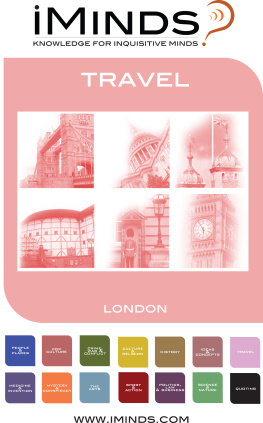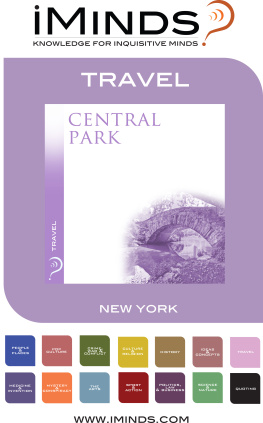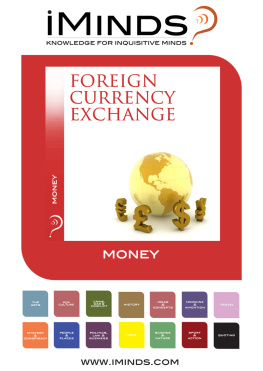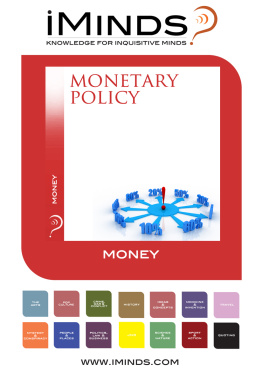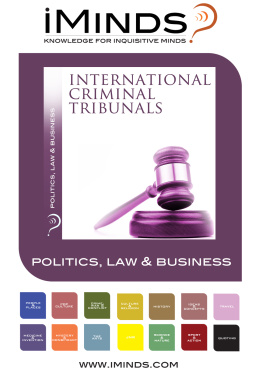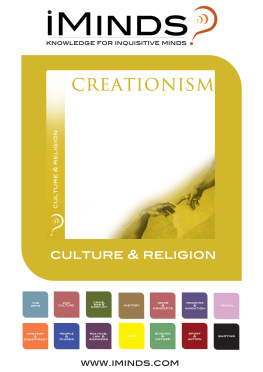Politics, Law & Business
US Federal Reserve
2009 by iMinds Pty Ltd.
All Rights Reserved.
Politics, Law & Business: US Federal Reserve
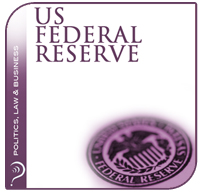
The US Federal Reserve is stirring more excitement these days than is probably recommended for a central bank just shy of its 100th birthday.
The Fed, tasked with fostering economic growth and price stability in the US, was ratified by President Woodrow Wilson in 1913. It followed two failed attempts, and two hundred years of boom and bust in what was to rapidly become the worlds leading economy. The Feds own lifetime has been scarcely less eventful. And today it tackles the gravest in a long line of crises that, for better and worse, have helped shape the US financial environment.
Under the leadership of Chairman Ben Bernanke, the Fed has plied a difficult course through the markets upheaval and economic recession that started with the US housing bust in 2007, and soon took on even greater, global significance. Those events have challenged the wisdom of earlier policies that drove strong credit growth and a philosophy of deregulation under Bernankes predecessor Alan Greenspan, and may have unearthed even more duties for the Fed as a financial watchdog in the complex network of the modern banking system.
The first US central bank, or First Bank of the United States, opened two years after the adoption of the Constitution, in 1791. It didnt last beyond its initial 20-year charter, and the Second Bank met the same fate in 1836, thanks in part to popular distrust of big money interests. Banking grew parochially, until tremendous cost of funding the Civil War spawned the National Banking Act of 1863, which struck a national charter for banks to circulate notes backed by US government securities. By then, paper money had gone through many fads. The Continentals issued to fund the Revolution succumbed to hyperinflation. More than 10,000 varieties of bank note were in circulation counterfeiting was a real threat to business. A new tax on state notes helped the federal system claim the vast majority of the countrys roughly 1700 banks.
But the process wasnt smooth and panic attacks in banking continued. Around the turn of the 20th century, magnate JP Morgan was twice called on to steady Wall St and stabilize the economy. The failed speculative attack that almost toppled the New York Stock Exchange in 1907 sealed the case. Big money interests were running the show, and a central authority was essential.
The central bank that arose from the Federal Reserve Act of 1913 is a blend of public and private management. The board of governors at the top has seven seats appointed by the President and confirmed by the Senate. All have 14-year staggered terms, longer if they joined to complete a predecessors. The Chairman and Vice Chairman serve four years, and can be reappointed until their governor terms expire. The Feds private representation falls to presidents of the 12 reserve banks named for their regional headquarters in New York, Boston and Philadelphia on the east coast, Virginia and Atlanta in the south, San Francisco in the west, and Dallas. The Midwestern contingent is in Cleveland, St Louis, Minneapolis, Kansas and Chicago. Along with 25 district branches, they are the operating arms of the central bank so-called bankers banks and its eyes and ears for regional research.
But the most prominent group in the Fed is the Federal Open Market Committee. At least eight times a year, this group of 12 the seven governors, NY Fed president and four of the other district presidents, on rotation meets in Washington DC to vote on policy. Its in charge of the benchmark overnight interest rate banks charge one another on lending, or the target rate, and strategies to raise or lower the supply of money that influences inflation.
In late 2008, those strategies turned radical. By then, a nationwide slump in house prices and mounting mortgage delinquencies had caused convulsions in credit markets that led to the heart of the financial system. Years of low interest rates intended to reinvigorate the US economy after the dotcom bust and 2001 terrorist attacks had fostered a debt binge, and not just among homeowners with shaky credit. Many financial firms had over-borrowed, and unchecked experimentation with relatively new credit products, using derivatives and complicated structures, had forged a powerful network that could convey distress in one sector swiftly across the whole financial system, and abroad.
The collapse of investment bank Bear Stearns in March 2008 drew the first emergency response from the Federal Reserve, as officials in New York brokered a last-minute sale to JP Morgan. But confidence in the banking system plummeted. AIGs swoon, in September, saw the Fed authorize a staggering $85 billion loan to prop up the nations largest insurer, an amount more than doubled later by the government, which has a 79.9% stake in the firm. When the Fed simultaneously balked at a deal to spare Bears larger rival Lehman Brothers from bankruptcy, banks hoarded credit and turned to the Fed as lender of last resort.
The Fed met that demand, in unprecedented measure. It cut the target rate, increasingly aggressively, from 5.25% in September 2007 to 0%-0.25% in December 2008. Even as that rate approached the zero bound, for the first time in the Feds history, the central bank rolled out lending- and purchase programs that more than doubled its balance sheet, to over $2 trillion.
This spending tested to unexpected limits the theories Chairman Bernanke honed in his thesis, published 25 years before, on the Feds mistakes in the Great Depression of 1929. Then, he reasoned, policymakers failed to tap the vast resources of the central bank and its power as agent of the worlds primary reserve currency to ease the burden on US banks. The collapse of nearly 10,000 institutions was an unbearable weight on the economy, starving it of credit and causing a deflationary spiral that shuttered businesses, and stoked mass unemployment.
In April 2009, the Feds Open Market Committee reiterated what had become a familiar phrase, that the central bank will use all available tools to promote economic recovery and to preserve price stability, and that the target interest rate could stay at exceptionally low levels...for an extended period. While its programs were helping households and businesses access credit, the Committee pledged to carefully monitor the size and composition of the Federal Reserves balance sheet in light of financial and economic developments.
That was a signal to investors, particularly China and Japan as the biggest holders of US government debt, that the Fed wouldnt neglect its duty to fight the inflationary threat of pumping so much money into the system. The banks forecast that the US was still at least a year from any meaningful growth, suggested that the risk of a jump in the cost of living, sufficient to warrant an interest-rate hike, was low.
That balance sheet and its contents certainly grabbed the attention of the Bank of International Settlements, though. The so-called central bankers bank observed in its last report that, as the Feds book has ballooned, its quality has slipped. End-2006, the Fed system was almost exclusively invested in U.S. government securities, but by end-2008 the balance had shifted to private-sector debt.
Such shifts, shared to varying extents by major European central banks, the BIS noted, have affected the financial relationship between these central banks and their governments. The potentially riskier exposures the Fed and its peers have taken could, the BIS warned but need not harm their financial independence.
Next page

